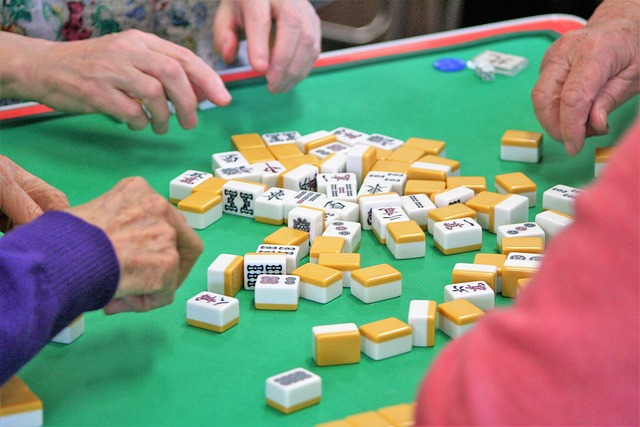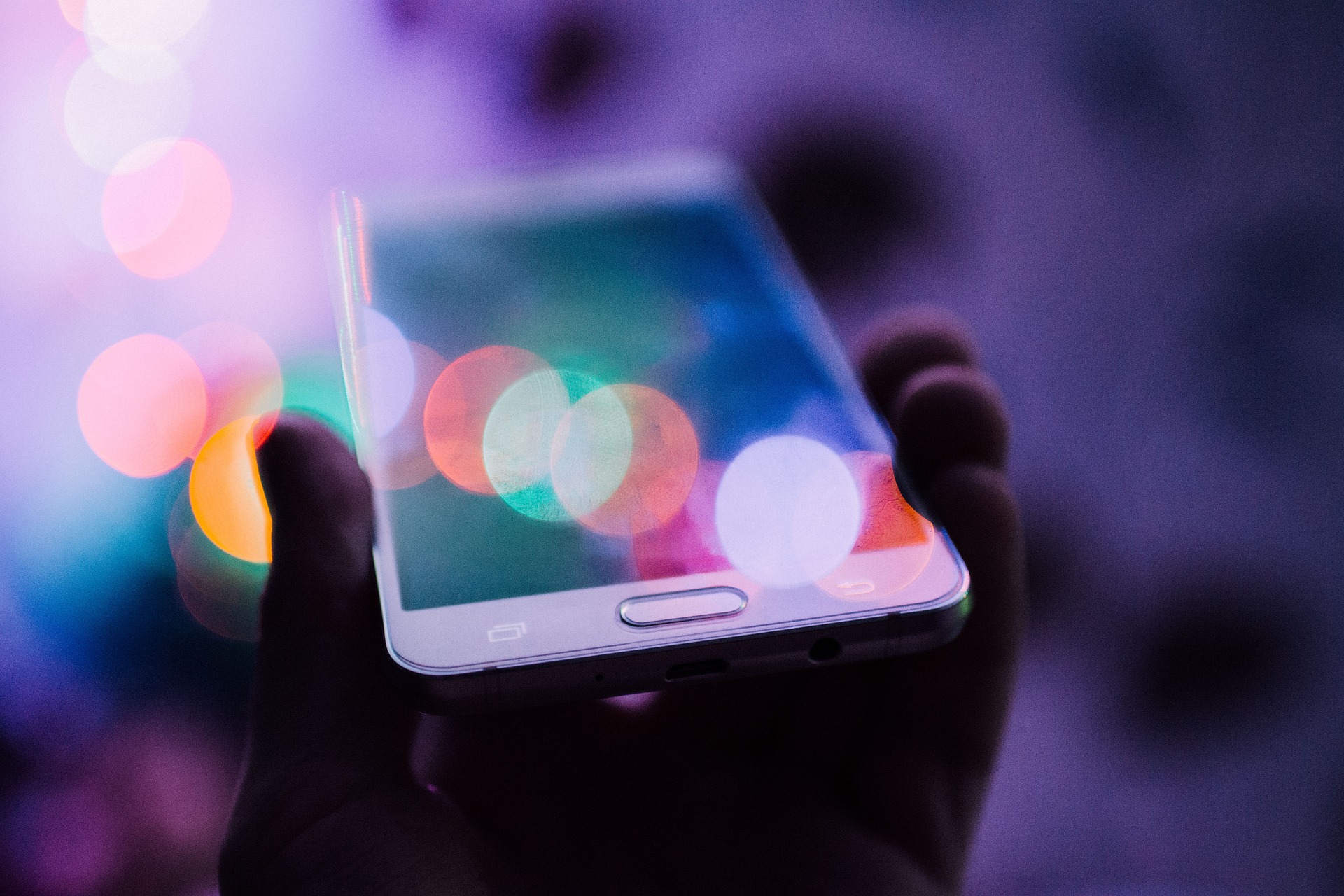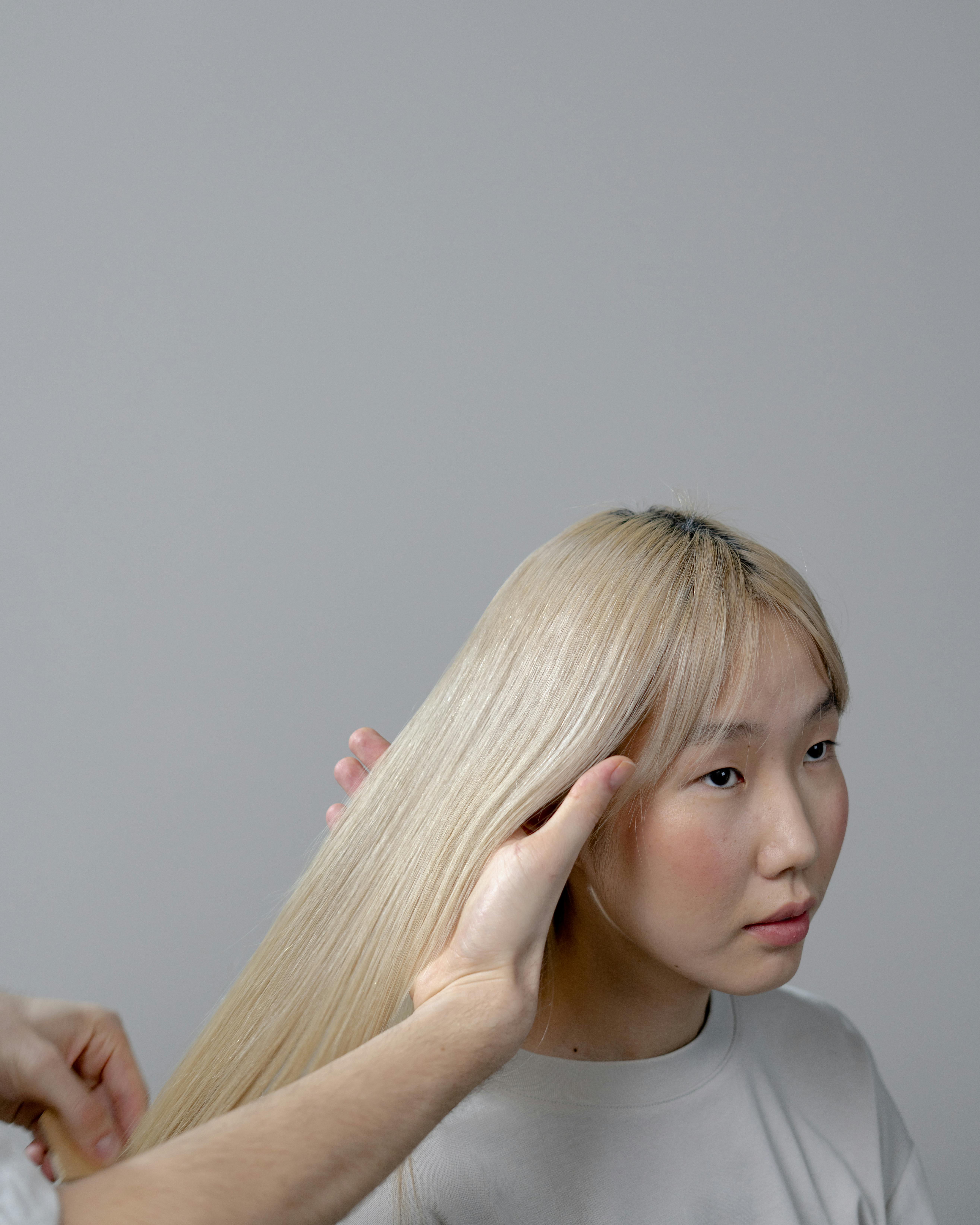Unmasking the Social Dynamics of Mask-Wearing in the Pandemic Era
As we traverse the uncharted territory of a global pandemic, our society is rapidly evolving to accommodate new norms. One significant adjustment has been the integration of face masks into our daily lives. This article delves into the sociological implications of this shift, tracing its historical context, societal trends, and significance in the shaping of our modern society.

For centuries, face coverings have been part of various cultures worldwide, serving different purposes from religious observances to fashion statements. However, their widespread adoption for health protection during the ongoing COVID-19 pandemic has thrust them into the spotlight, transforming them from an occasional accessory to an everyday necessity.
Unveiling History: Masks Beyond the Pandemic
The use of protective face coverings dates back to the 6th century B.C.E, where ancient Greeks used linen face masks during plagues. In the late 19th and early 20th century, masks became common among healthcare workers, especially during the 1918 influenza pandemic. In East Asia, mask-wearing for health reasons has been normalized since the 2002 SARS outbreak.
The Mask Phenomenon: A Cultural Shift
Today, mask-wearing has transitioned from a medical necessity to a social obligation. It is not just about personal safety but also about collective responsibility. This shift has led to the rise of the ‘mask culture,’ with masks becoming an extension of our identities, expressing personal style, political allegiances, or social affiliations.
Masks as Social Signifiers: Conveying Silent Messages
Masks are now powerful social signifiers. They silently communicate our commitment to communal safety, signaling solidarity in the face of a shared threat. However, they also underscore societal divisions, as seen in the varied responses to mask mandates, which have sparked debates about personal freedom versus public health.
The Sociological Impact: Redefining Interactions and Identity
As masks conceal facial expressions, they are reshaping our social interactions. We are learning to rely more on eyes and body language for non-verbal cues. Mask-wearing has also influenced our self-perception and identity, as we adjust to seeing ourselves and others with covered faces.
Looking Ahead: Masks in the Post-Pandemic World
As we navigate the pandemic, it remains uncertain how long masks will stay as a societal norm. Will they fade away once the crisis ends, or will they remain a lasting symbol of a transformed world? Only time will tell. What is certain, however, is that masks have left an indelible mark on our society, changing us in ways we are only beginning to understand.
This journey into the sociological dynamics of mask-wearing underscores the profound ways in which a global crisis can reshape our cultural norms and social practices. As we continue to adapt and evolve in these challenging times, it is crucial to stay attuned to these shifts, understanding their significance in shaping our modern society.




